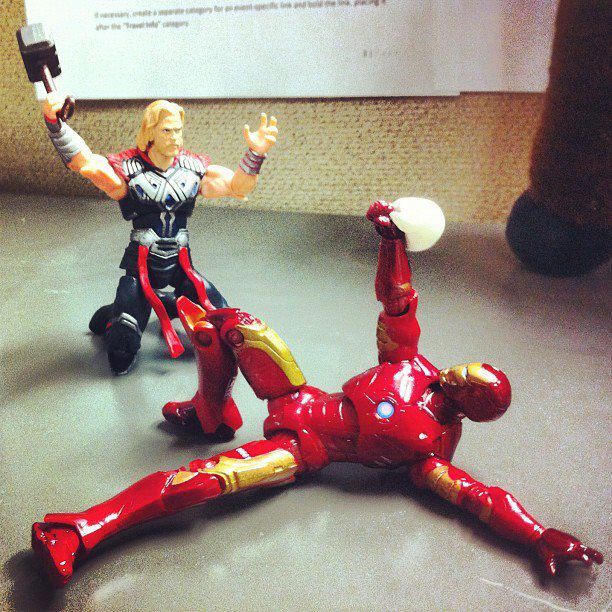
Expanding Get-Ups
Getting off and onto the ground is a skill that isn’t practiced by the larger population. We have chairs and beds that are soft and inviting. Babies spend most of their time on the floor, and they seem to have a ball. Older folks attempt to avoid it at all costs, but when they fall (and can’t get up), they regret everything. Dan John attempted to champion the idea a few years back, prioritizing learning to safely get to the ground for football players who often find themselves there. Tumbling, too, is based off being able to interact with the ground, but it’s rarely taught outside the world of gymnastics.
One of the easiest (and most telling) tasks to do regarding getting up is getting down. Try both, without using hands, for a quick screen in how someone uses their hips and core.
Dan John uses a more structured protocol, ‘twister’ style, fastening the hands to knees in more specific sequence:
When utilizing load, you can blanket the abilities of a large group by having them “pin the weight to their torso”:
Another option would be to “have the weight perpetually float”:
Having people think and decide without a given blueprint gives them the freedom to figure out a movement strategy, which is what creative movement is all about. We should encourage autonomous movement more often. In being so quick to correct and streamline things, we miss out on other potential truths. Modifications can always follow, but you can’t undo natural instinct without asking for it first.
For those traditionalists, the Turkish Get Up is a prime example of inside-out movement. Like rolling patterns, you’re stiffening one side of the body while rotating the other side around it. Coordinating the shoulder blade with the low obliques, however, is much more brain training than brute force and strength. As such, dynamic neuromuscular stabilization, or developmental reflexive locomotion strategies, can come into play to help synchronize the supportive shoulder with supportive abdominals.
Setting the shoulder in the frontal plane:
It’s important here to pull and keep the “ribs away from the elbow”.
Using the obliques to rotate the body off ground:
The top leg rolled forward sets the stage for the upper body roll to follow. The front knee acts as an additional fulcrum (other than the upper arm/elbow) for which the body to revolve around.
Use the hip and shoulder in unison (short lever) to create torso tension in the lift:
Make sure you get the chest to ground to ‘finish the roll’.
The 1/4 and 1/2 Turkish Get Up
The most important set piece of turning off the floor is getting to the elbow. This is known as the 1/4 Get Up. Corkscrewing the elbow off the ground through the hand is the 1/2 Get Up. Focusing on the first half of the Turkish Get Up maximizes the efforts of the shoulders and abs.
As you pull the ribs from the elbow, the goal is to keep the space the same throughout the movement.
Avoid using the neck to pull you up and exerting extra effort by turning the neck left and right at each stage. Neck stiffness signals neck work. You should be able to rotate it freely throughout. To ensure the shoulders are in a stable position, add a hip lift/bridge at each section. If the shoulders are wrong in any way (or you’re only putting weight into your supportive elbow versus forearm), the bridge will fail and force an auto-correct.
The Turkish Get Up really translates into a torso push. It’s a combination flexion-roll, but flexion should only happen at the hips. Far too often, the shoulder rolls forward to help ‘pull’ the body up off the floor. (This is an example of outside-in or limb driven movement — opposite of what this exercise is intending.) To train keeping the shoulder back, here are three possible variations:
- Extending the otherwise ‘up’ arm into a diagonal (and holding it there)
- Wrapping the free arm around the rib cage and locking the shoulder back (shortens lever and strives to make it a part of the torso engine)
- Retracting a band vertically and keeping it there throughout the movement
TO REVIEW:
- Getting on and off the ground is a practical, functional skill
- NOT telling people how to do something can be more informative and useful than laying a strategy out before them
- The Turkish get up is an extension of rolling patterns
- The shoulder syncs with the hips through the obliques
- Keeping the up shoulder in a retracted position helps establish torso-driven movement



